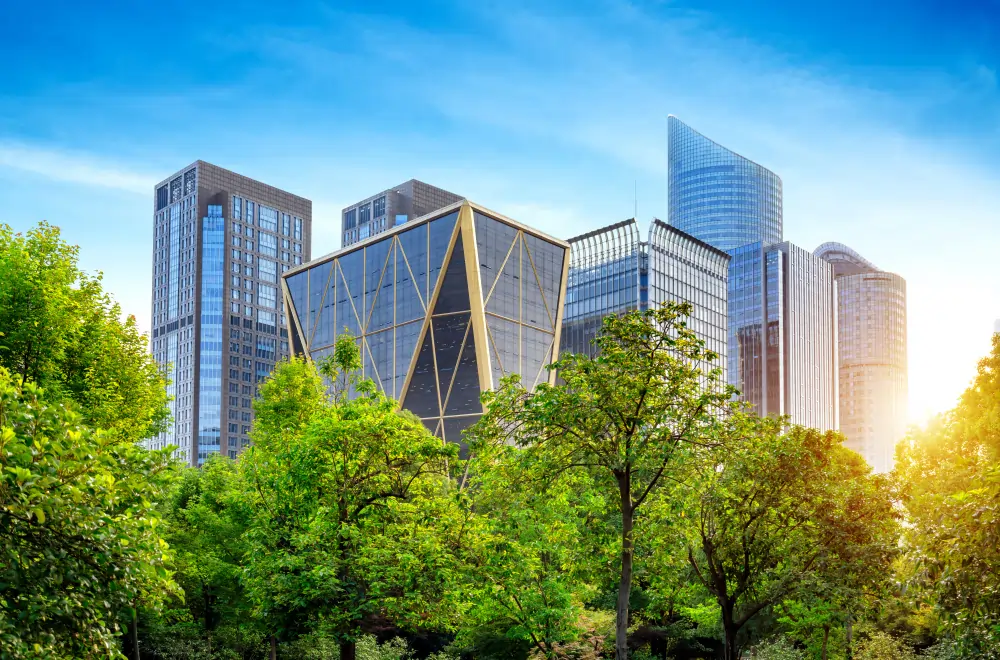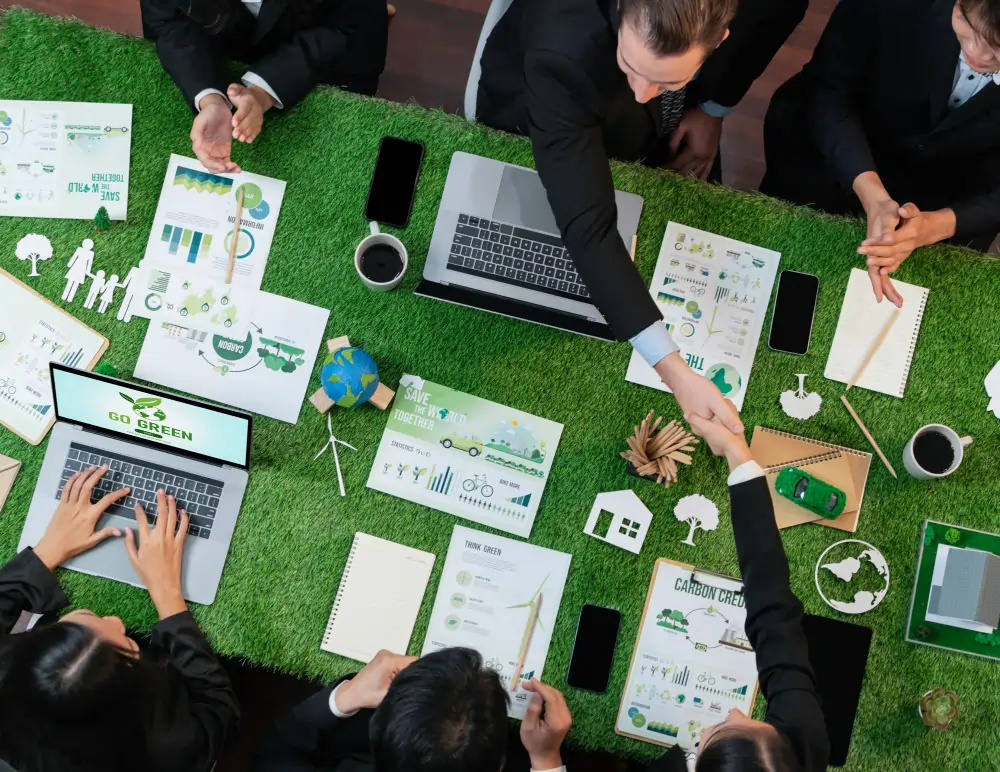Lorem ipsum adipiscing purus fermentum. Praesent vitae quam sed...


The real estate industry has increasingly recognized the importance of ESG frameworks as drivers of sustainable development. ESG is not just a box to be checked by companies toward more regulations but rather a paradigm shift in how properties will be developed, managed, and valued. With increased focus by investors, developers, and consumers on sustainability, ESG principles have started gaining significant momentum, thereby changing the face of real estate development.
This blog outlines the influence ESG in real estate development will continue to hold over green building practices, investment trend variations, and future industry direction in general.
Investors and developers are becoming increasingly aware that ESG is not just good for the environment but also improves the financial aspects. Properties with a robust ESG framework have generally enjoyed high occupancy rates and short vacancy periods. This has been mainly caused by an increasing awareness of climate change and social responsibility among consumers and investors.
The goal of ESG building strategies will always revolve around mitigating environmental degradation and increasing social benefits. The developers are adopting green building certification standards such as -
ESG frameworks are broad in their scope of criteria concerning a firm’s commitment to sustainability. The various frameworks consider how the design, construction, and operation are done.
1. Environmental Criteria : This includes energy use, waste management, water usage, and the overall ecological footprint of a given property. Property developers are increasingly deploying energy-efficient installations and renewable forms of energy with the aim of reducing operating expenses and carbon emissions.
2. Social Criteria : This takes into consideration a property's contribution to its community, including tenant engagement, community development initiatives, and considerations regarding the health and safety of its occupants.
3. Governance Criteria : This involves management practices of real estate firms in areas related to transparency, ethical business operation, and engagement with stakeholders.
By integrating these into their operations, developers have the ability to create properties that rise above legal requirements and contribute to a better society.
Sustainable real estate practices entail various strategies to reduce the ecological footprint of a building. Such practices include:
Green building certification standards are fundamental in encouraging responsible property development. These standards create a basis on which to assess environmental performance at each phase of a building's lifecycle. They measure the ecological impact caused by a building and establish achievable standards for improvement.
The integration of the ESG framework has also been causing remarkable changes in green real estate investment. This became strategic as investors targeted properties that demonstrated strong ESG performances. The key trends include the following:
As these trends continue to evolve, they are rewriting the real estate investment dynamics, with sustainability at the centre of every developer and investor.

Due to the increasing demand for sustainable property, there is a rise in innovative ESG building strategies that improve environmental performance without compromising profitability. These approaches include:
By employing such novel approaches, developers not only have the ability to deliver properties to market demand but also contribute to taking care of the environment. Developers who embrace ESG principles can expect enhanced marketability, improved financial performance through reduced operational costs, greater resilience against regulatory changes related to climate action policies, and increased tenant satisfaction due to healthier living environments.
It is important to remember that by focusing on sustainable real estate practices and obtaining green building certifications like LEED or BREEAM, they can position themselves as leaders in an evolving market scenario.
So, the integration of ESG frameworks into real estate development is a way to - in fact - a force to create - sustainable practices in the industry, not just a trend. With stakeholders making decisions with an eye toward sustainability, demand for green buildings will only grow.
Looking forward towards 2025 and beyond, the new reality is that sustainability is not just an ethical consideration but also a strategic opportunity for long-term success in the rapidly changing world of real estate development. The future of real estate embraces these changes, developing spaces that benefit the people and the planet while building a greener tomorrow.
Lorem ipsum adipiscing purus fermentum. Praesent vitae quam sed...
Lorem ipsum adipiscing purus fermentum. Praesent vitae quam sed...